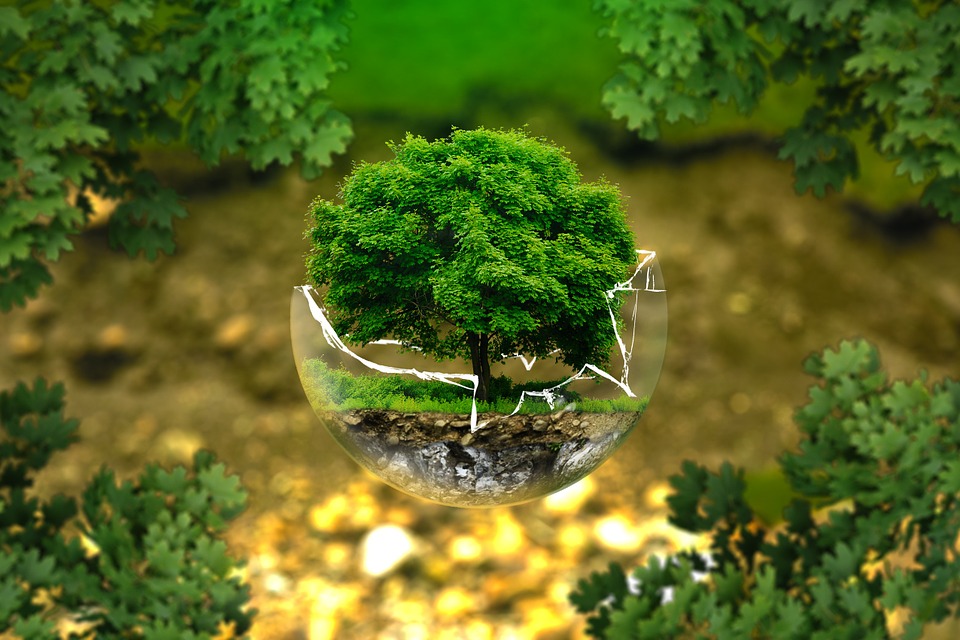The degradation of the environment, and more particularly that of biodiversity, is an issue that we hear more and more about due to its media coverage and the environmental problems it poses.
Specifically, theextinction Of several species of animals and plants is the most visible facet of this degradation. And this is due to the loss of biotopes (habitats) due to human activities, the exploitation of resources (development, forestry, mineral extraction, fishing, etc.) and the impacts of these activities.
Pixabay Credits
Safeguarding the biodiversity of our planet has a cost and, to achieve this, a school of scientists has developed a plan called GDN (Global Deal for Nature) that requires $ 100 billion a year to preserve the natural diversity and abundance of life on Earth.
Being the objectives keep at least 30% The Earth’s biodiversity by 2030 mitigates the effects of climate change and reduces threats to the environment and natural resources.
The sixth great extinction is underway.
During its few million years of existence, the Earth has faced several mass extinctions of species. Life on our famous blue planet has seen the number of different species of animals and plants that people evolve according to natural disasters and other cataclysms that have marked history.
Scientists believe that we are currently in a phase of great extinction of species, the sixth that the Earth will have known in its history. But unlike previous declines, the one that is currently happening is very fast and has its origin in the impacts of human activities on the environment, especially since the industrial era.
Multiply the international budget for conservation.
Stopping this spiral of destruction becomes, therefore, a priority for the scientific community, and this means safeguarding biodiversity, especially in very rich areas (tropical forests, mangroves, wetlands, etc.).
Decisive measures must also be taken to reduce polluting emissions, which contribute significantly to the degradation of the environment, in particular by maintaining and developing carbon sinks.
But the contribution of governments, the private sector, and the business community is very necessary to achieve this. Large companies such as Google, Microsoft, and foundations such as Leonardo DiCaprio and Environmental Foundation Ltd. Commitments have already been made for the GDN.
In the current state of affairs, between $ 4 and $ 10 billion are spent annually on conservation of nature, a figure that is still far from meeting the ecological ambitions that the Earth needs to preserve its biodiversity.

